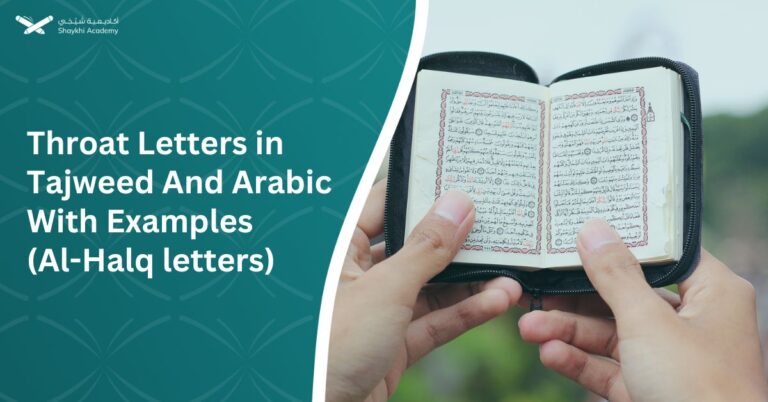
Throat letters In Tajweed And Arabic With Examples – Al-Halq letters
Throat letters, or Al-Huruf Al-Halqiyah (الحروف الحلقية), are the six Arabic letters (ع, هـ, خ, ح, غ, أ) that are

Throat letters, or Al-Huruf Al-Halqiyah (الحروف الحلقية), are the six Arabic letters (ع, هـ, خ, ح, غ, أ) that are
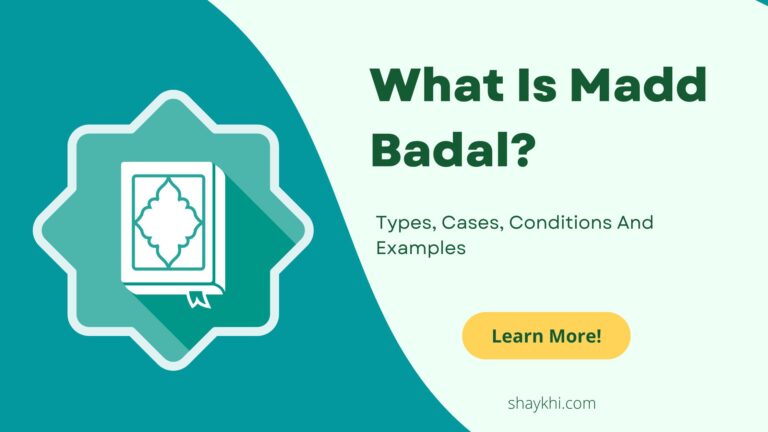
Madd Badal is a Tajweed rule where elongation occurs when a hamzah (glottal stop) precedes a Madd letter (alif, waw,
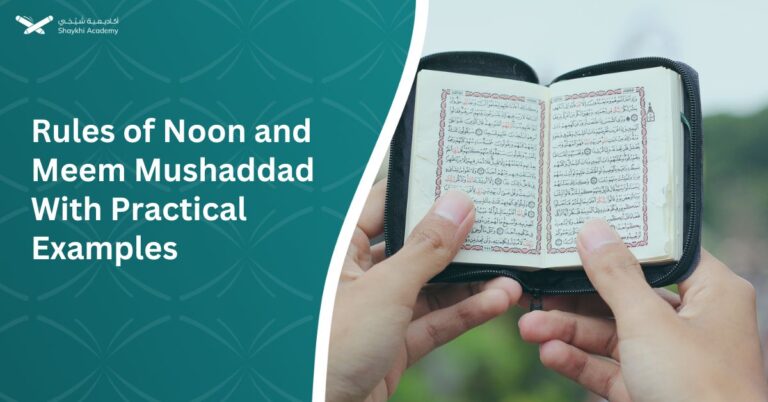
In Tajweed, Noon and Meem Mushaddad are critical rules marked by a shaddah (ّ), which indicates the doubling of these
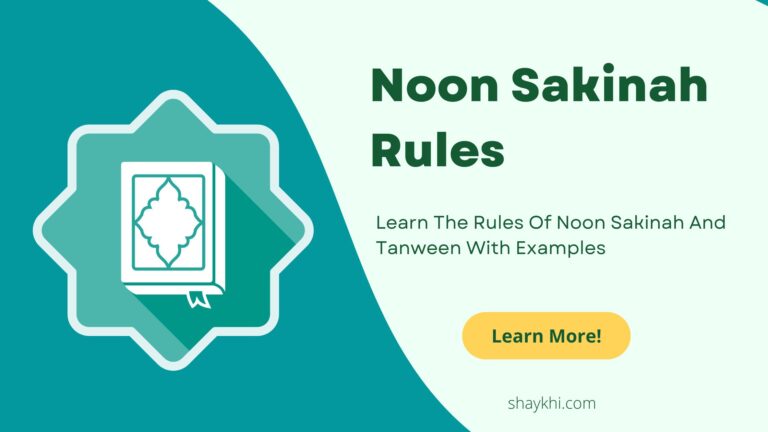
Noon Sakinah and Tanween have four main rules: Izhar, Iqlab, Idgham, and Ikhfa. Saakin, indicating no vowel sound, is crucial
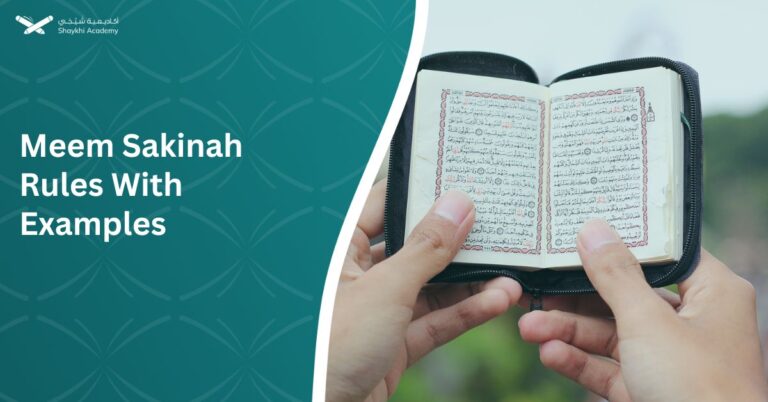
In Tajweed, Meem Sakinah, a vowelless Meem, follows three main rules: Izhar Shafawi for clear pronunciation except before Meem and
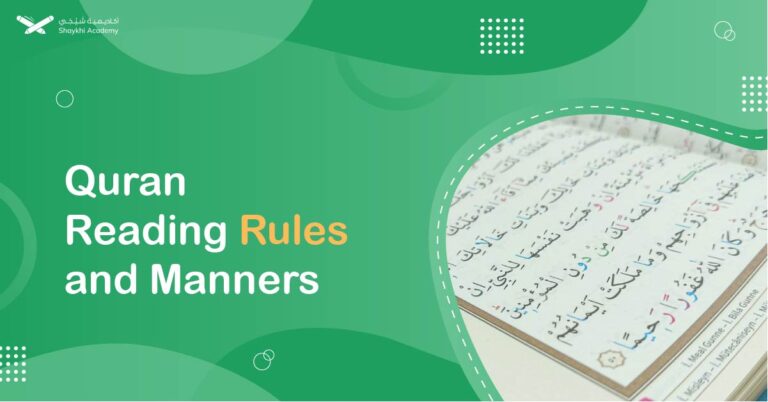
Quran Reading Rules: Reading the Holy Quran demands reverence and mindfulness. Begin with purity and intention, focusing on proper Tajweed
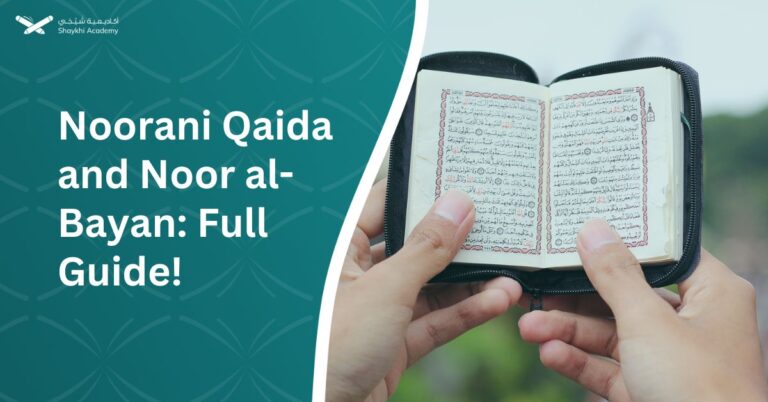
Noorani Qaida lays the foundation for Quranic eloquence through structured recitation, guided by gestures and practical exercises. Meanwhile, Noor Al-Bayan

Why is the Quran In Arabic? The Quran is in Arabic because it was revealed to Prophet Muhammad, who was
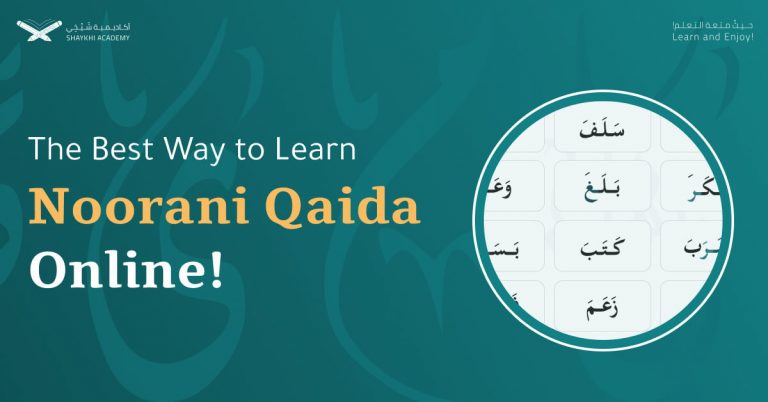
Arabic Noorani Qaida is a method of teaching Arabic reading and writing that aims at facilitating learning the Quran. It
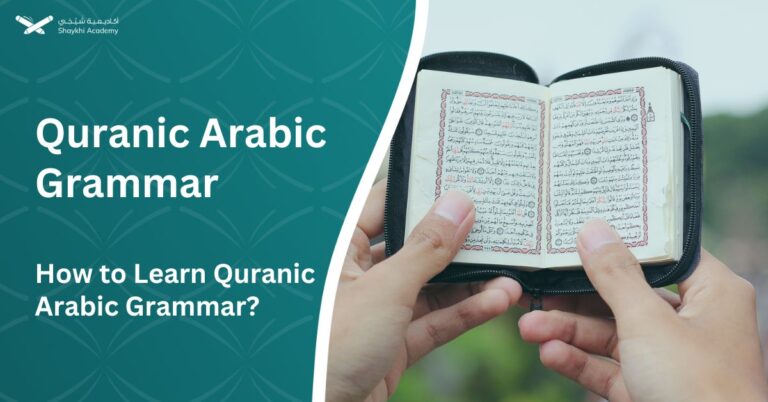
Quranic Arabic grammar forms the foundation for understanding the Holy Quran in its original Classical Arabic form. It encompasses the

As a non-Arab Muslim, I comprehend your deep desire to learn Arabic to understand the Quran. Although many Quran translations
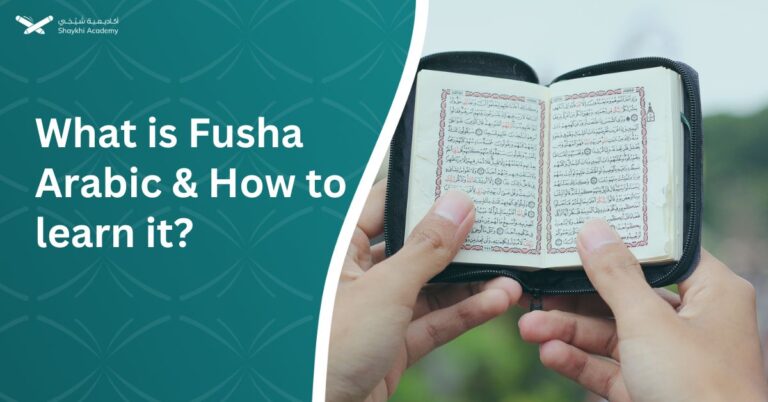
Fusha Arabic, also known as Modern Standard Arabic (MSA), is the standardized form of the Arabic language used in formal